How to Check a Rental Car for Damage Before Driving Off
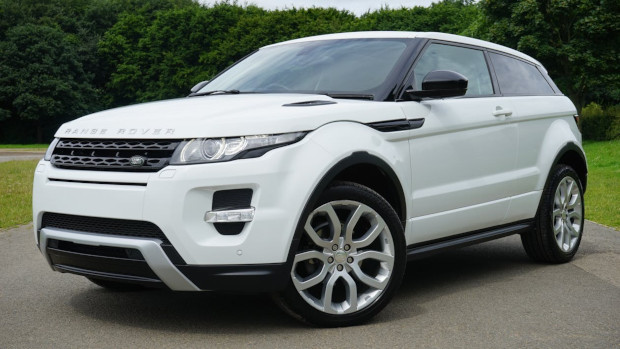
How to Check a Rental Car for Damage Before Driving Off
Renting a car is convenient, but skipping a thorough damage check before driving off can lead to unexpected disputes and charges. Rental companies expect you to return the vehicle in the same condition as when you picked it up. If pre-existing damage isn’t documented, you might be held responsible for it later. To avoid this, a careful inspection is essential. This guide will walk you through a step-by-step checklist for how to check a rental car for damage to ensure you’re not blamed for something you didn’t do.
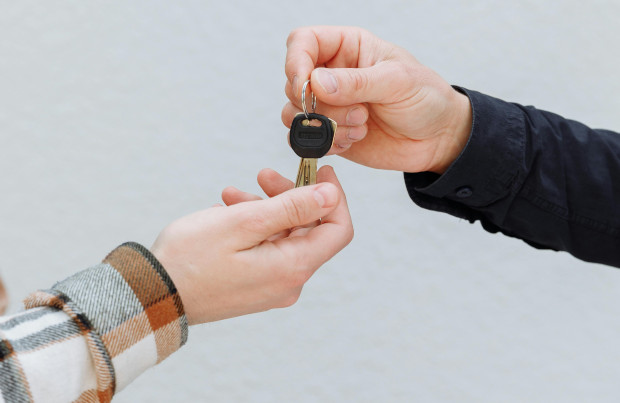
Why a Pre-Rental Inspection Matters
A rental car inspection isn’t just about following company procedures—it’s about protecting yourself. Even minor dents and scratches can result in additional fees if they’re not reported before you take the car.
Some rental companies have detailed inspection protocols, while others may not emphasize them as much. Either way, it’s up to you to conduct a proper check. This is especially important when picking up a vehicle from high-traffic locations, such as Perth Airport, where rental cars go through constant use. Before leaving the lot, take a few minutes to document any issues.
https://www.eastcoastcarrentals.com.au/car-hire/perth-airport/ offers rental cars in Perth, and like all reputable providers, they encourage customers to inspect their vehicles before driving off. Doing this protects both the company and the renter from future disputes.
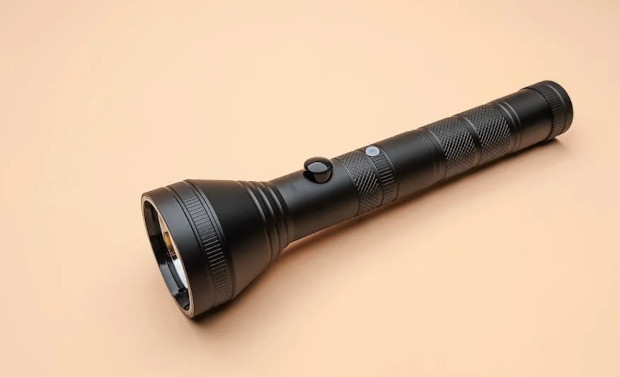
What to Bring for a Thorough Inspection
A proper inspection doesn’t require fancy tools, but a few items can help:
- Smartphone with a camera – To take photos and videos as evidence.
- Flashlight – For checking areas that may not be well-lit, like under the bumper.
- A copy of the rental agreement – To compare with the company’s damage report.
- Pen and paper (or notes app) – To jot down details that may not be obvious in photos.
Step-by-Step Rental Car Inspection Checklist
1. Walk Around the Exterior
Start by walking around the car slowly, looking for dents, scratches, or scuffs. Pay close attention to:
- Bumpers – These take the most impact and may have hidden cracks.
- Doors and side panels – Look at them from different angles to catch light scratches.
- Wheels and rims – Curb damage is common and can be costly.
- Windows and mirrors – Even a small chip can worsen over time.
- Headlights and taillights – Check for cracks, fogging, or damage.
Tip: Take photos from multiple angles and in good lighting. If damage is present, capture a close-up and a wider shot for context.
2. Inspect the Windshield and Wipers
A chipped or cracked windshield might not seem like a big deal at first, but many rental agreements hold customers responsible for windshield damage.
- Look for cracks, chips, or pitting that could spread over time.
- Test the windshield wipers to ensure they work properly.
3. Check Under the Car
Most renters forget this step, but it’s crucial.
- Use your flashlight to look for leaks or damage underneath the vehicle.
- Check if anything appears loose or out of place.
- If you see puddles of fluid, notify the rental company immediately.
4. Inspect the Tires
Tires should be in good condition for both safety and liability reasons.
- Look for uneven wear, bulges, or low tread depth.
- Ensure all four tires are properly inflated.
- Check for damage to the rims, as scratched alloys are often charged as extra repairs.
Note: If the rental company provides a spare tire, make sure it’s in the trunk and in usable condition.
5. Open and Close All Doors, Including the Trunk
Doors and the trunk should open and close smoothly. Any misalignment could indicate prior damage.
- Check for sticking, misaligned panels, or difficulty closing the doors.
- Make sure the trunk locks and unlocks without issues.
- If the car has an electronic trunk release, test it.
6. Examine the Interior for Damage
The inside of the car matters just as much as the exterior.
- Look for stains, burns, or tears in the upholstery.
- Check for scratches on the dashboard, steering wheel, and console.
- Ensure the seatbelts function correctly and retract properly.
Tip: Take clear photos of any interior damage before driving off.
7. Test All Electronics and Controls
Even if the car looks fine, electrical issues can be a problem. Before leaving, test:
- Headlights, brake lights, and turn signals.
- Air conditioning and heater.
- Infotainment system, including Bluetooth, radio, and USB ports.
- Power windows and locks.
8. Start the Engine and Listen
Turn the car on and listen for anything unusual. A smooth start and idle are good signs.
- Be aware of strange noises, excessive vibrations, or warning lights.
- Rev the engine lightly to check for any unusual hesitations.
- Before driving off, ensure there are no unresolved safety recalls on your rental. Online, you can find guides on what to do if your rental car has an open recall.
9. Check the Fuel Level and Mileage
Some rental companies require you to return the car with the same fuel level it had at pickup.
- Take a photo of the fuel gauge to avoid disputes.
- Confirm the starting mileage matches the rental agreement.
Note: If you’re renting with a mileage limit, make sure the contract reflects your starting point accurately.
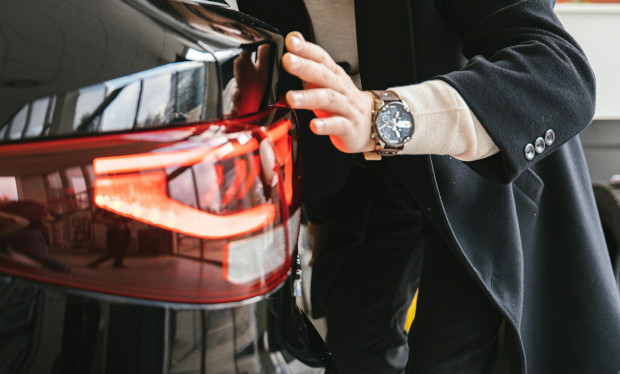
Reporting Damage to the Rental Company
If you find any issues, report them before driving off. Here’s how:
- Show the staff the photos and videos of the damage.
- Ask them to update the rental agreement to reflect existing issues.
- If no staff is available, email or message the rental company with timestamps of your documentation.
Never assume that minor scratches or dents are already recorded. If in doubt, get written confirmation.
Final Tips to Avoid Disputes
- Do the inspection in daylight whenever possible.
- Always take photos and videos, even if the car looks flawless.
- Ask for a copy of the damage report before leaving.
- Keep a copy of the rental agreement until after you return the car.
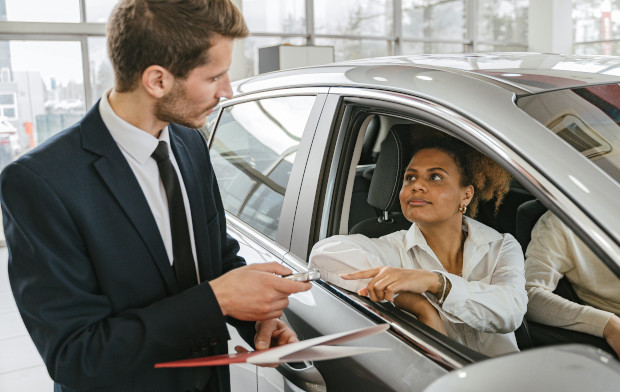
Conclusion
A rental car inspection might seem like an extra step, but it can save you from unexpected fees and disputes. By carefully documenting the car’s condition before driving off, you’ll have peace of mind knowing that you won’t be blamed for damage you didn’t cause.
The process only takes a few minutes but could make a big difference when returning the vehicle. Stay thorough, stay informed, and enjoy your rental without worry.
Guest Article.




